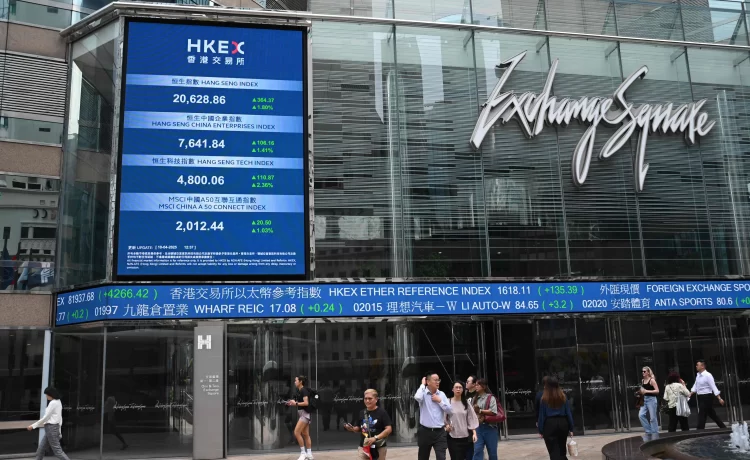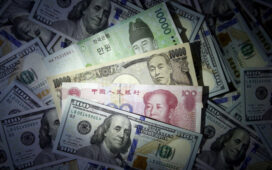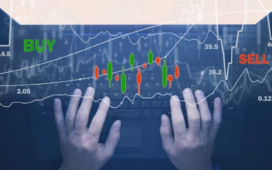[HONG KONG] The dollar rose in Asia on Tuesday fuelled by hopes for trade deals to avert Donald Trump’s sweeping tariffs, while equities mostly rose as investors await the Federal Reserve’s latest policy decision.
Oil also staged a comeback after tanking on news of an output hike by key producers that came despite growing concerns about demand and the outlook for the global economy.
While no agreements have yet been reached with the White House, there is optimism that governments are making progress in averting or tempering the US president’s eye-watering levies, which have sent shivers through world markets.
Sentiment was given a lift by US Treasury Secretary Scott Bessent, who told CNBC that the administration had been approached by 17 countries and offered “very good” trade proposals.
He also said there could be “substantial progress in the coming weeks” with China, which has been hit with tariffs of 145 per cent.
Trump has imposed lower duties of 10 per cent on goods from most other countries, along with 25 per cent levies on specific items like steel, automobiles and aluminium.
BT in your inbox

Start and end each day with the latest news stories and analyses delivered straight to your inbox.
Hopes for deals have seen Asian currencies rally against the dollar, with Taiwan’s unit up around seven per cent this month, while South Korea’s won, the Malaysian ringgit, Indian rupee and Thai baht have also seen healthy gains.
The gains have led some to speculate governments are allowing for an appreciation of their currencies as part of negotiations with Washington.
“The factor many talk about is whether these countries with historically ‘weak’ and heavily managed currencies are now appealing to Trump through the currency channels and are now allowing for an appreciation of the currency as part of the trade negotiations,” said Pepperstone’s Chris Weston.
“If these Asian nations are indeed opting for a currency revaluation, it could be a significant development not just in driving the dollar lower, but also in the trade negotiation process and accelerate the idea of trade deals.”
Equities mostly rose, with Hong Kong and Shanghai leading the way as investors returned from a long weekend.
Wellington, Taipei, Manila and Jakarta also rose, though Sydney and Singapore edged down.
Traders brushed off losses on Wall Street, with the S&P 500 snapping a nine-day winning streak, with film studios hit by Trump’s warning of new tariffs on all films made outside the United States.
Focus turns to the Fed’s policy announcement Wednesday, with expectations it will stand pat on interest rates, even as Trump continues to push for more cuts.
While data last week showed that the US economy contracted in the first quarter, strong jobs and services sector figures suggest there is still some resilience.
“Soft data had baked in a Fed pivot, but the ensuing hard data prints got bond desks slashing their rate-cut tickets,” said SPI Asset Management’s Stephen Innes.
“So long as the real economy hums and fresh levies are expected to spark a second inflation wave, Powell’s hawkish brace stays locked in,” he said in reference to Fed chairman Jerome Powell.
Oil prices rose more than one per cent after sinking around two per cent on Monday following the decision by Saudi Arabia, Russia and six other members of the Opec+ cartel to boost output by 411,000 barrels a day for June, a month after a similar move had already caused prices to fall. AFP





